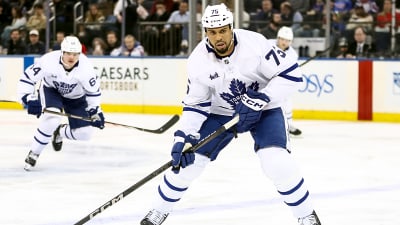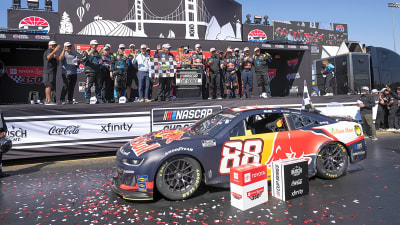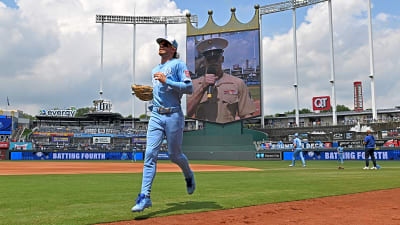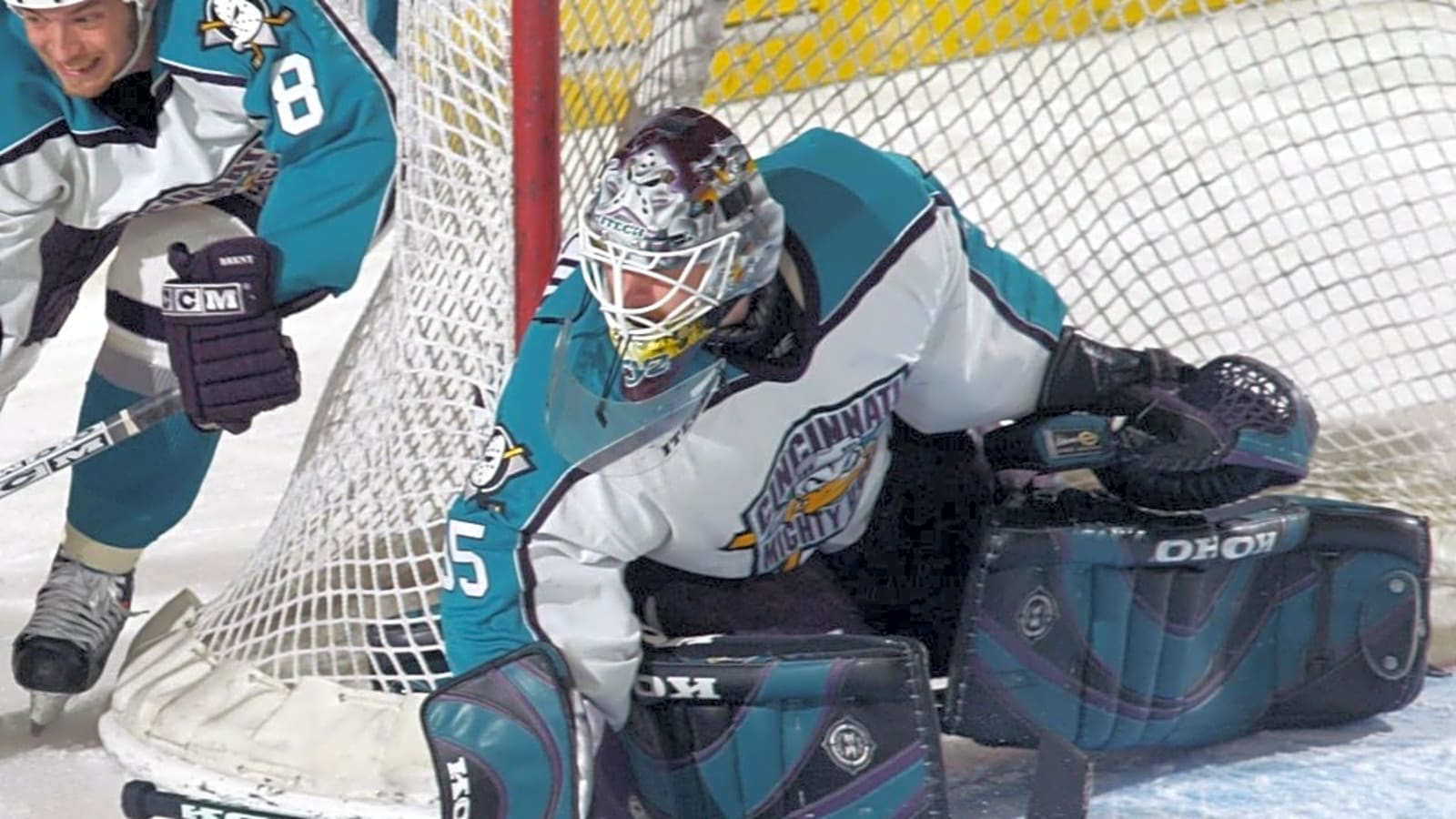
Many franchises have come and gone in Cincinnati’s hockey scene over the years, but the Cincinnati Mighty Ducks were the highest level of hockey the city ever had. They played in the American Hockey League (AHL) from 1997 to 2005, just eight seasons, and it was truly a missed opportunity for hockey in Cincinnati.
I had the chance to speak with Don Helbig, who was the team’s vice president of communications and play-by-play broadcaster.
In a previous life, I was a professional hockey play-by-play broadcaster, calling 299 games in the storied American Hockey League for the Cincinnati Mighty Ducks and Albany River Rats. Just one game shy of 300—so if a team ever needs a one-game fill-in, I’ll dust off the headset… pic.twitter.com/vgzJ4fN62u
— Don Helbig (@DonHelbig) January 23, 2025
He was with the Ducks for all eight seasons and saw just about every game in their history.
How the Mighty Ducks Came to Cincinnati
The Ducks came to Cincinnati after the International Hockey League (IHL) Cyclones moved downtown from the Cincinnati Gardens. The Gardens needed a tenant, and they bought the struggling Baltimore Bandits AHL franchise. That team became the Cincinnati Mighty Ducks for the 1997–98 season.
“There was a hardcore group of Cyclones fans,” Helbig said. “They wanted nothing to do with the Ducks. They thought we were brought in to drive the Cyclones out of business.”
Fans from the north side of the city didn’t want to drive downtown, especially on weeknights. They stuck with the Ducks at the Gardens. The Cyclones leaned into the college crowd with dollar beer nights, while the Ducks were marketed as a family-friendly experience.
The Ducks had the Disney brand, which helped attract families. Even people who hadn’t seen a hockey game knew the Mighty Ducks movies. That gave the team instant credibility.
Cincinnati also had a history with the AHL; the Cincinnati Swords played from 1971 to 1974 and won the Calder Cup in 1973. Some older fans remembered how good the league was, which helped the Ducks gain traction early on.
Two Teams, One City
Having two teams in the same city, both at basically the same level, split the fanbase and made things tough. “It was absolutely stupid to have two teams in the same town,” Helbig said. “Even though I worked for the Mighty Ducks, it was dumb.”
Helbig had worked for the Cyclones for their first six years before leaving for the Carolina Monarchs of the AHL. When he came back to work for the Ducks, some Cyclones fans saw him as a traitor.
After the IHL folded in 2001, the Cyclones joined the ECHL. So instead of one team remaining, Cincinnati still had two, now the Ducks in the AHL and the Cyclones in the ECHL. The only season the Ducks were the only team in town was 2004–05, when the Cyclones suspended operations. But even then, attendance didn’t grow.
Cyclones fans still blamed the Ducks for their team’s disappearance. “They wanted no part of it,” Helbig said. “For them, it was about a name and logo, not hockey.”
After the Ducks folded in 2005, the Cyclones resumed play in the ECHL the very next year, in 2006, becoming the only remaining pro hockey team in Cincinnati.
Performance on the Ice
The Ducks only had two winning seasons in eight years. That made it hard to build a strong fanbase. Cyclones fans were used to making the playoffs every year and having deep playoff runs. The Ducks didn’t win any championships and weren’t always competitive.
Helbig said the lack of practice time played a role. “There were so many three games in three nights, more than other teams,” he said. “That played a part in why the team wasn’t always competitive.”
Even during the 2004–05 NHL lockout, when the AHL was loaded with talent, attendance didn’t spike. That season featured future and current NHLers like Corey Perry, Ryan Getzlaf, Chris Kunitz, Ilya Bryzgalov, Joffrey Lupul, Zenon Konopka, Stanislav Chistov, Alexei Smirnov, and Curtis Glencross.
“You were seeing NHL-level talent every night,” Helbig said. “It was incredible how good that hockey was, and how few fans appreciated the opportunity they had.”

Helbig also pointed out how intense the league was for young players trying to break through. “Scouts were watching every night,” he said. “The AHL was faster, more intense, and filled with prospects trying to make it.”
And while the lockout year was loaded with talent, Helbig said the best player he ever saw in a Ducks uniform came earlier in the franchise’s history: “Matt Cullen, far and away the best player I saw in Cincinnati. He went on to win Stanley Cups in the NHL with Pittsburgh and played a long time.”
Cullen was part of Carolina’s Cup-winning team in 2006 and later won back-to-back Stanley Cups with the Pittsburgh Penguins in 2016 and 2017 as an alternate captain, finishing his career with over 1,500 NHL games.
Over the years, the Ducks developed and featured several other future NHL players, like Chris Kunitz, Andy McDonald, Dustin Penner, Pierre-Alexandre Parenteau, Sheldon Brookbank, Shane O’Brien, Tim Brent, Mike Commodore, Jean-Sébastien Giguère, Samuel Påhlsson, Richard Park, and Tony Martensson.
Behind the bench, the Ducks were led by three head coaches during their eight-year run: Ed Johnstone (1997–2000), Mike Babcock (2000–2002), and Brad Shaw (2002–2005). Babcock later coached Anaheim to the Stanley Cup Final in 2003 and won the Cup with the Detroit Red Wings in 2008. Assistant coaches included Moe Mantha, Kevin Kaminski, Darryl Williams, and Dan Bylsma, who went on to win a Stanley Cup as head coach of the Penguins in 2009.
Affiliations and Missed Connections
The Ducks were affiliated with the Mighty Ducks of Anaheim for all eight seasons. For a few years, they also had a working agreement with the Red Wings, who sent about eight to ten players. That sparked some extra interest since many Cincinnati fans followed the Red Wings.
Helbig said the Ducks missed a big opportunity by not partnering with the Columbus Blue Jackets when they entered the NHL in 2000. “That would’ve been the answer,” he said. “Close proximity, and fans could follow the players after they left.”
Geography and Travel Problems
When Lexington and Louisville left the AHL in 2001, Cincinnati became an outpost. Those cities had been close, just two-hour road trips, and helped keep travel costs low. Without them, road games turned into flights and hotel stays.
“As soon as Lexington and Louisville left the AHL, I knew the Ducks were on the clock,” Helbig said. “Those bus trips became plane trips overnight.”
The loss of those nearby teams also hurt regional rivalries and fan engagement. “Lexington started the year before, and Louisville was coming in; that was a good rivalry,” Helbig said. “You’d get fans from those two cities. It wasn’t that far.”
Practice time suffered. “You’d have a Wednesday game in Milwaukee, get back at 6 or 7 in the morning — you couldn’t practice,” he said. “In a development league, that’s a problem.”
Anaheim ended its affiliation in 2005, and the Ducks couldn’t find a new NHL partner. The franchise was sold and moved to Rockford, Illinois, where they became the IceHogs, now the AHL affiliate of the Chicago Blackhawks.
A Missed Opportunity for the City
Helbig said the Ducks were a missed opportunity for the AHL in Cincinnati. “I wish it had been different, if they’d started as the only team in town, I think they would’ve had a lot more success at the box office.”
Fans who went to those games got to see future Stanley Cup winners and NHL stars, something that may never happen again in Cincinnati.
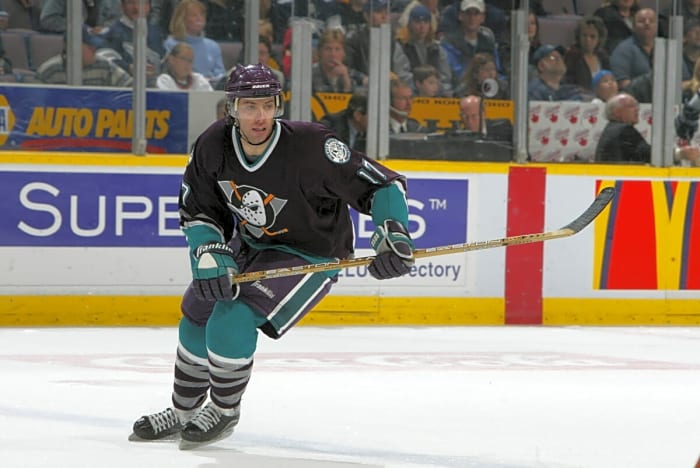
Today, the only team left in the pro hockey scene in Cincinnati is the ECHL Cincinnati Cyclones. They’ve found success as a night of entertainment, but the city hasn’t seen high-level hockey since the Mighty Ducks left.
“It was a missed opportunity for higher-level hockey in Cincinnati,” Helbig said. “Fans had the chance to see guys who not only played in the NHL but played very well, Stanley Cup winners. That’s not something they’re going to see again.”
The Current State of Hockey in Cincinnati
There have been a few rumors over the past couple of years about an NHL expansion team coming to Cincinnati after NHL Commissioner Gary Bettman listed Cincinnati as a potential suitor in early 2024, but I doubt it, especially given that the Blue Jackets are only two hours away in Columbus.
I also don’t see the AHL coming back with the ECHL already here, and I don’t see the Cyclones moving up from the ECHL to the AHL. That’s probably the best chance of high-level hockey in the city right now.
However, for hockey fans, there is high-level college hockey nearby in Oxford, Ohio, at Miami University. They play in the NCHC, which is the best conference in college hockey, facing powerhouses like Denver, North Dakota, and the 2025 National Champion Western Michigan Broncos. It’s a great option to see future NHLers up close, with elite talent now coming through both Miami’s roster and the visiting teams.
If you want to see top-level hockey, traveling to Columbus to see the Blue Jackets is the best option nowadays.
Remembering the Mighty Ducks
The Cincinnati Mighty Ducks may be gone, but they gave the city eight seasons of AHL hockey, bringing a very unique chapter to the local sports scene at the now-demolished Cincinnati Gardens. It was rare to have two professional hockey teams operating in a small-market city at the same time, and while it created challenges, it also made that era stand out in Cincinnati sports history. It was a missed opportunity, but one that still means a lot to the fans who were there.
More must-reads:
- Stars trade veteran defenseman, second-round pick to Penguins
- Patriots owner Robert Kraft offers rare praise for former HC Bill Belichick
- The 'Total touchdown leaders by NFL season since 2000' quiz
Breaking News
Trending News
Customize Your Newsletter
 +
+
Get the latest news and rumors, customized to your favorite sports and teams. Emailed daily. Always free!




